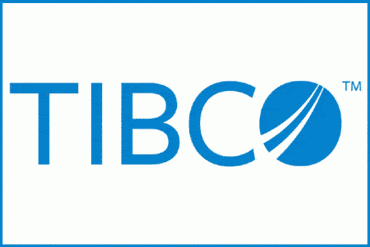
Remote monitoring has been around for a number of years, and has mainly been at the peripheries of enterprises, almost exclusively within the domain of systems administrators and maintenance teams. Now, however, remote monitoring has emerged as a prominent strategic weapon for digital enterprises.
The elevation of remote monitoring to become the backbone of today’s smart manufacturing initiatives is a product of the digital age, in which data now flows from every corner of the enterprise. As terabytes and petabytes of data flow in from data centers, production systems, sensors, and IoT systems, remote monitoring systems deliver the real-time data companies need to gain increased insights into the state of operations within their organizations, as well as act on opportunities for innovation and growth. Remote monitoring adds intelligence to help adjust, update and inform decision-makers and plant-wide ecosystems.
Remote monitoring and analytics experts Ed Cuoco, VP Analytics at PTC, and Les Yeamans, Founder and Executive Editor of RTInsights, will provide an in-depth analysis of the next-gen digital tools and platforms that are providing industry leaders with deeper analytics through remote monitoring, in a live webcast on July 25. They’ll look at the ways that remote monitoring is transforming business models by putting analytics front and center of all processes—from customer interactions to internal operations to profitability.
They will explore the new face of remote monitoring, and how to employ it to support real-time analytics to drive data-driven decision making. The webcast will also explore the new generation of tools that are helping turn that data into deeper, more robust analytics than ever thought possible. In addition, they will explore how intelligent remote monitoring and cognitive systems can work together to deliver powerful results, enabling systems to react in an autonomous fashion to events.
The webcast will look at how today’s intelligent remote monitoring systems deliver a range of benefits to enterprises:
- Greater customer engagement and awareness. Real-time data monitoring enhances engagements with customers, paving the way for greater interaction and higher-quality service. Importantly, a new generation of remote monitoring tools and platforms delivers insights that can be acted on automatically, providing for immediate responsiveness.
- Increased innovation. Intelligent remote monitoring offers ways to improve operations and open up new lines of business. It also enables people to become more engaged with the business.
- Business user empowerment. Remote monitoring means empowering users across enterprises to be more productive and innovative. Employing analytics, it also enables changes and decisions to be made that may typically be out of the range of human operators. Key to this process is data visualization, and intuitive dashboards that can provide real-time information, trusted outputs, and access to essential information.
- Predictive maintenance/optimization. With sensors streaming performance data from machines or products that pass through analytics systems, organizations are able to predict when something is going to fail or is underperforming. In turn, this data can be fed back into the design and production stage of machines or products as part of a continuous improvement process.
- Enhanced data center operations. Intelligent remote monitoring reduces downtime at data centers, which is increasingly costly and disruptive to businesses. With intelligent remote monitoring (which applies machine learning to predict impending outages and automatically perform workarounds), there will be less chance for human error, and a significant reduction in associated expenses.
- Mobile guidance. Intelligent remote monitoring supports mobile apps that enable businesses to be run from any locale. With the rise of virtual and augmented reality-enabled devices such as headsets, technicians or end-users can be guided to make repairs or updates to equipment or machinery.
- Reduced costs. Organizations with intelligent remote monitoring will see reduced overhead in operations and maintenance, as fewer live visits from technicians will be required.
- Alerts. Alerts enable administrators to set thresholds in which administrators or business users need to be made aware of changes in the conditions or status of their customers, systems or machines. Such alerts enable administrators or users to proactively address issues before they arise.
For more information and to register, visit ptc.com.




























